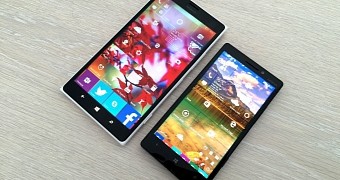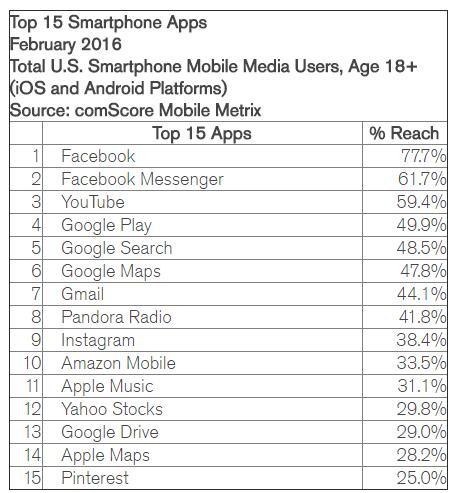If you’re a long-time Windows Phone user, you probably heard this so many times that’s already annoying. “Windows Phone is death because it has no apps,” so many people seem to say these days, blaming Microsoft for not doing enough to bring developers on the platform.
In most of the cases, it’s just a matter of seconds until Windows Phone is compared to Android and iOS, the two mobile operating systems leading the world right now and attracting pretty much the whole developer interest in this side of the business.
Both Android and iOS have apps, both have Snapchat, Pokemon Go, and other super-popular titles that Windows Phone users can only dream about.
So at first glance, when comparing Windows Phone with iOS and Android, the biggest problem that Microsoft’s mobile operating system is suffering from is the lack of apps. But is that really so? Let’s do a very little and simple comparison.
Most popular apps on Android and iOS
All Microsoft watchers know that the software giant tried pretty much everything to convince developers to code for the platform, and universal apps are living proof. Furthermore, Redmond is offering free tools, the opportunity of creating apps that tackle a growing audience on both PCs and mobile phones, plus a continuously improving platform that the company is working on together with users from across the world.
So why aren’t developers coming to Windows Phone, you might ask. While the first answer that could come into your mind is the small market share, and this wouldn’t be entirely wrong, the correct answer is this: top developers are already on Windows phones.
And to prove this, let’s look at statistics provided by US market analyst comScore and analyze the top 15 smartphone apps in the United States on Android and iOS:
Basically, these are the 15 most used apps on Android and iOS phones, which together make for more than 98 percent of the mobile devices across the world. But if you look at these apps carefully, almost all of them are on Windows phones too or their services can be accessed in different ways.
Facebook and Facebook Messenger, which are by far the top apps on Android and iOS, are also available on Windows Phone. YouTube can be used by Windows phones with third-party apps, and there are plenty of them in the Windows Store.
Google Play makes no sense since we have our own store, Google Search also exists on Windows phones (we’re surprised that so many people are using it on Android and iOS anyway since the essential thing it does is to search the web), while Google Maps is available through third-party apps (or you can stick with Microsoft’s own Maps app).
Gmail can be used with Outlook, Pandora is in the Store too, and so is Instagram. Amazon Mobile has recently re-launched on Windows phones (although it’s more or less a web wrapper), while Apple Music makes no sense because we have Groove anyway. Yahoo Stocks and Google Drive are missing from Windows, that’s true, and so does Apple Maps, but these are Android or iOS exclusives. And last but not least, Pinterest can be used by Windows phone fans with third parties.
What does this mean?
In just a few words, the simple analysis made in the previous paragraphs show that the most popular apps on Android and iOS are available on Windows phones either as standalone apps or through third-party apps. And if they’re not, Microsoft is offering pretty good alternatives that even include some extra features.
On the other hand, critics could say that having the 15 most popular apps on Windows phones doesn’t mean anything because there’s another whole world of apps that’s not available on Microsoft’s platform.
And while this is indeed true, there’s also another important thing that we should all have in mind. Windows 10 Mobile itself comes with the essential feature and app package, so you can perform most of the activities anyway, including browsing, sending emails, and things like that.
That’s right, you won’t get all the games and apps that become Internet sensations overnight on Android and iOS, but here’s the thing: these apps come and go, and in most of the cases, Windows phone users aren’t exactly losing that much.
So yes, there might indeed be an app problem on Windows phones, but it’s not such a big deal. At least, not as big as so many people seem to claim these days.

 14 DAY TRIAL //
14 DAY TRIAL // 

